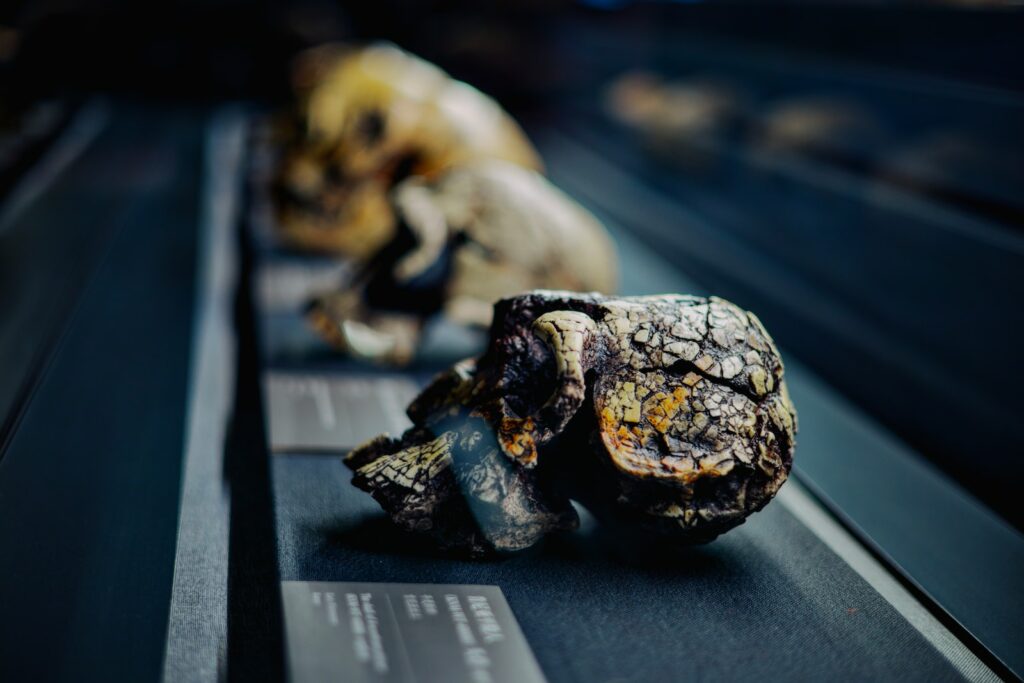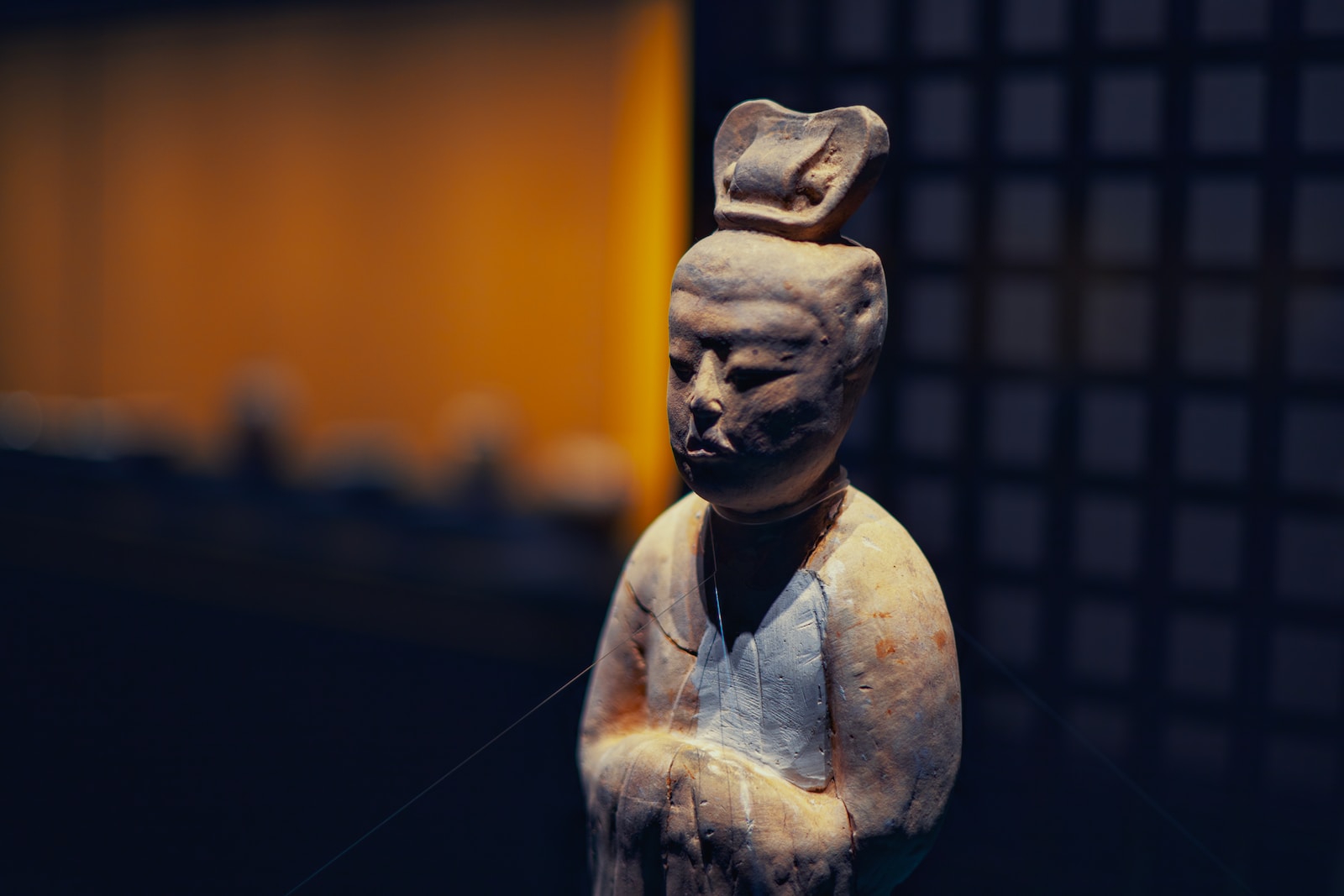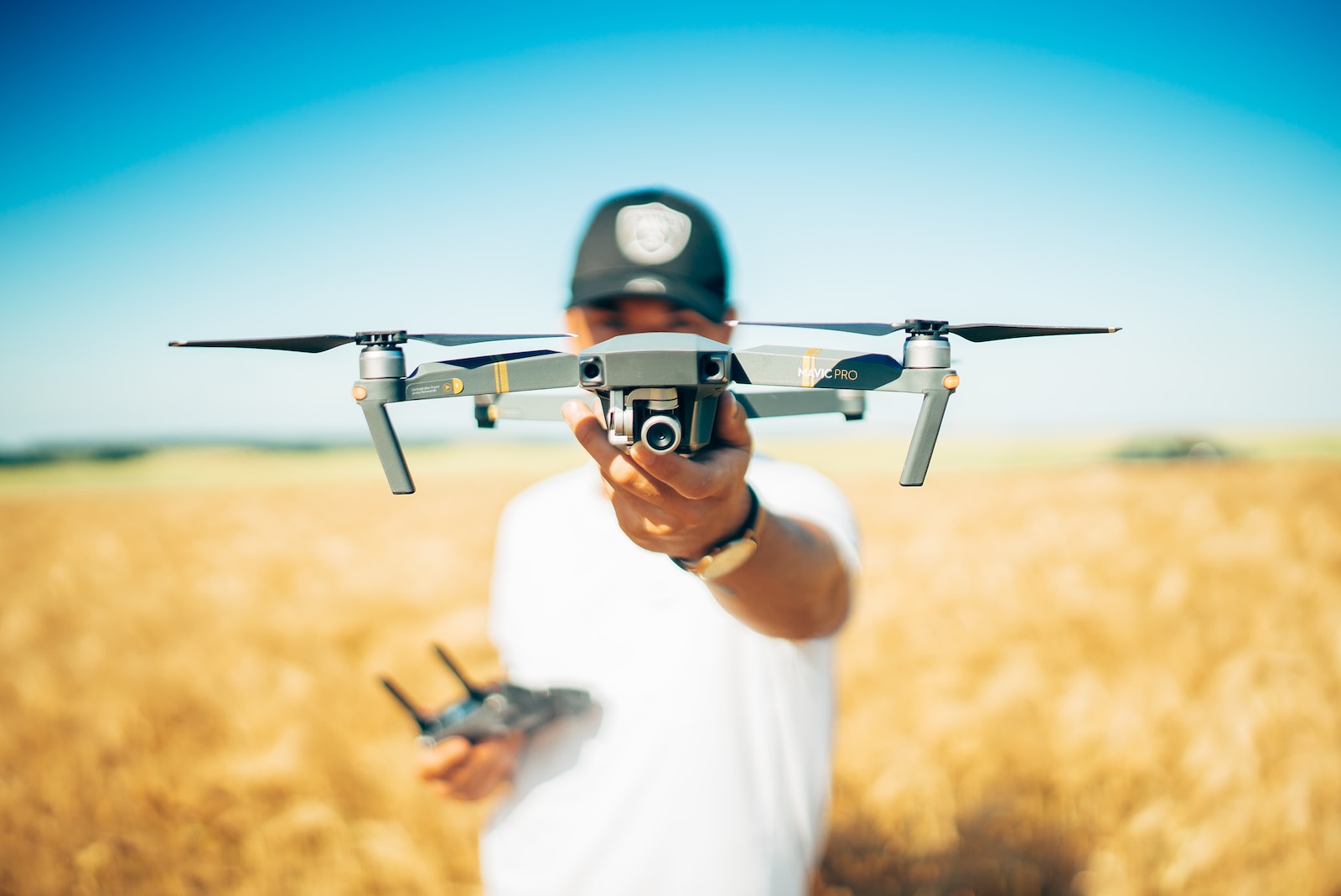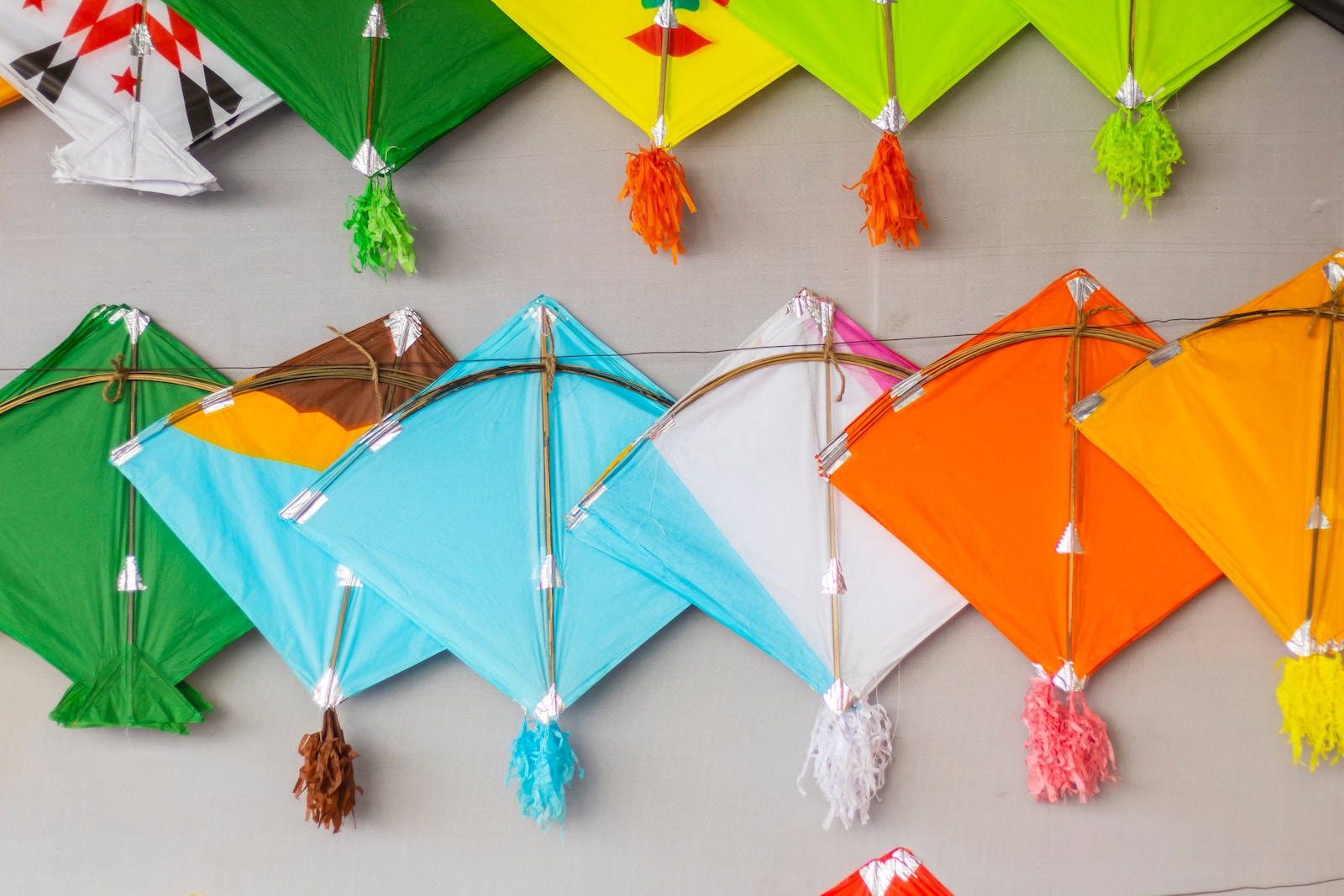Uncover the mesmerizing world of ancient artifacts through the lens of your camera. Welcome to “Pieces Of The Past: How To Photograph Ancient Artifacts,” where we dive into the intriguing history, exquisite craftsmanship, and timeless beauty of these treasured remnants. Whether you’re a history buff, a photography enthusiast, or simply seeking inspiration, this blog is your ultimate guide to capture the historical significance and intricate details of these magnificent artifacts. Join us on a captivating journey, as we share expert techniques, tips, and tricks to elevate your photography skills and preserve the legacy of our past.
Table of Contents
- Photographing Ancient Artifacts: Capturing the Essence of History
- Choosing the Right Equipment for Photographing Ancient Artifacts
- Main Subject: Capturing the Beauty and Significance of Ancient Artifacts
- Frequently Asked Questions
- 1. How do I choose the right camera for photographing ancient artifacts?
- 2. What camera techniques work best for capturing the details of ancient artifacts?
- 3. How can I effectively photograph ancient artifacts in museums?
- 4. Are there any specific post-processing techniques for enhancing ancient artifact photographs?
- 5. How can I ensure the preservation of ancient artifacts while photographing them?
- Wrap Up
Photographing Ancient Artifacts: Capturing the Essence of History
The world of ancient artifacts is a treasure trove of history and cultural significance. From intricately designed pottery to awe-inspiring sculptures, these artifacts offer a glimpse into the past and the opportunity to capture their beauty through photography. In this article, we will explore some fascinating features of ancient artifacts that make for great photographs and discuss techniques to elevate your captures to a whole new level.
1. Intricate Details
Ancient artifacts are often adorned with intricate details that tell stories of the past. Whether it’s the delicate carvings on a stone tablet or the intricate patterns on a piece of jewelry, these details are waiting to be captured through your lens. To highlight these details, make use of close-up shots and macro photography techniques. The sharp focus will bring out the intricacies, revealing the artistry of the artifact and transporting viewers back in time.
Transition words: Additionally, Moreover, Furthermore
2. Textures and Materials
Ancient artifacts were crafted using a wide array of materials, each unique in its texture and visual appeal. From the smoothness of polished marble to the rustic feel of weathered wood, capturing the textures can add depth and interest to your photographs. Experiment with lighting techniques to create shadows that accentuate the textures and bring out the tactile nature of the artifact. By playing with angles and perspectives, you can highlight the contrast between different materials and truly showcase the craftsmanship of the past.
Transition words: In contrast, Nevertheless, On the other hand
To make your ancient artifact photography truly stand out, it’s important to keep a few additional techniques in mind:
- Lighting: Experiment with different lighting conditions to create dramatic effects or showcase specific features of the artifact.
- Composition: Use the rule of thirds, leading lines, and framing techniques to guide the viewer’s eye and create visually pleasing compositions.
- Background: Choose backgrounds that complement the artifact and enhance its aesthetic appeal. Consider using neutral colors or textures that do not compete with the main subject.
- Perspective: Explore different angles and viewpoints to capture the artifact from unique perspectives. This adds variety to your shots and allows viewers to see the artifact from a fresh and intriguing angle.
Transition words: In conclusion, To sum up, Ultimately
By implementing these techniques and paying attention to the captivating features of ancient artifacts, you can create photographs that not only preserve the historical significance but also evoke a sense of wonder and admiration. So, grab your camera, head to the nearest museum or archaeological site, and start capturing pieces of the past through your lens.
Did you know that the oldest known photograph of an ancient artifact was taken in 1843 by British photographer William Henry Fox Talbot? The artifact in the photograph is a statue of a lion from the British Museum.
Choosing the Right Equipment for Photographing Ancient Artifacts
Capturing stunning images of ancient artifacts requires careful consideration of the equipment you use. From the camera body to the lenses, every component plays a crucial role in achieving the desired results. Here, we explore the key factors to consider when selecting the best camera, lenses, and additional equipment for photographing ancient artifacts.
Camera Body: Full-Frame vs. Crop Sensor
The choice between a full-frame and crop sensor camera body largely depends on your specific preferences and shooting style. Both options can deliver exceptional results, but understanding their differences will help you make an informed decision.
A full-frame camera offers a larger sensor, which allows for better low-light performance, wider dynamic range, and higher resolution. This makes it ideal for capturing intricate details and texture of ancient artifacts. Additionally, the wider field of view enables you to capture the artifact within its surroundings, adding context and depth to your photographs.
On the other hand, a crop sensor camera can provide a more affordable option without compromising on image quality. The smaller sensor size effectively magnifies the focal length of lenses, making it suitable for capturing close-up shots of smaller artifacts. This can be particularly advantageous when photographing intricate details or objects with limited space.
Lenses: Macro and Wide-Angle
When it comes to lenses, two essential options for photographing ancient artifacts are macro lenses and wide-angle lenses.
- Macro lenses are designed to capture intricate details and allow you to get as close as possible to the artifact while maintaining sharp focus. These lenses excel at reproducing fine textures and revealing the hidden nuances of each artifact. With their shallow depth of field, they effortlessly isolate the artifacts from their surroundings, creating captivating images with a dreamy background blur.
- Wide-angle lenses, on the other hand, are ideal for capturing the artifacts within their environment. They provide a broader perspective, making them perfect for showcasing larger artifacts or capturing multiple objects in a single frame. Wide-angle lenses also enable you to add context by including surrounding architecture or historical landmarks in your composition.
Additional Equipment: Tripod and Lighting
To further enhance the quality of your ancient artifact photographs, consider using a tripod and proper lighting equipment.
A tripod is an invaluable tool for achieving stability and ensuring sharp images, especially during longer exposure times. It allows for precise framing and eliminates the risk of camera shake, resulting in stunningly detailed photos.
When it comes to lighting, natural light or diffused light sources are often the preferred options for photographing ancient artifacts. Soft, even lighting helps to reveal the texture, colors, and details without causing harsh shadows or reflections. However, if the artifacts are located in dimly lit spaces or museums, consider using artificial lighting, such as off-camera flashes or continuous studio lights, to ensure adequate illumination.
Remember, the best camera and equipment for photographing ancient artifacts ultimately depend on your preferences, shooting style, and the specific artifacts you are capturing. Experimentation and practice will help you refine your techniques and achieve remarkable results in showcasing the historical significance and beauty of these timeless treasures.

Main Subject: Capturing the Beauty and Significance of Ancient Artifacts
Capturing the essence of ancient artifacts requires careful planning and consideration of the best time to achieve the desired results. When it comes to photographing these timeless pieces, the time of year can greatly impact the overall quality and ambiance of your photos.
One of the best seasons for photographing ancient artifacts is the spring. During this time, the weather is generally mild, allowing for comfortable outdoor shooting. Additionally, the spring season brings forth beautiful blooms and vibrant colors that can enhance the visual appeal of your photographs, providing a refreshing and lively backdrop for the artifacts.
Another advantageous time to photograph these historical treasures is during the golden hours. These refer to the periods shortly after sunrise and before sunset. The soft and warm natural light during these hours adds a touch of magic to the images, illuminating the artifacts and bringing out their inherent beauty. Whether you are shooting indoors or outdoors, the golden hours can create a captivating atmosphere, enhancing the overall aesthetic of your compositions.
Optimal Vantage Points and Positions
To truly capture the historical significance and beauty of ancient artifacts, it is essential to choose the right vantage points and positions. Here are some options to consider, each with its own unique benefits:
- Eye-Level Perspective: By positioning yourself at eye level with the artifact, you create a direct connection between the viewer and the subject. This perspective allows for an intimate and personal experience with the artifact, enhancing the sense of its historical significance.
- Overhead View: Consider capturing the artifact from an elevated position, such as a balcony or staircase. This viewpoint can provide an interesting and unique perspective, allowing the viewer to see the artifact from a different angle. It can also help showcase the surrounding environment and provide context to the artifact’s location.
- Close-Up Details: Zooming in on specific details of the artifact can provide a captivating and intimate portrayal. Focus on intricate patterns, textures, or engravings to highlight the craftsmanship and artistic value of the ancient piece. A macro lens or zoom function on your camera can help you achieve stunning close-up shots.
- Environmental Context: Instead of isolating the artifact, try incorporating its surroundings into the frame. Whether it’s a historical building, a museum gallery, or an archaeological dig site, including the environment can help tell a richer story and provide a sense of place and time.
Remember, experimentation is key in photography. Don’t be afraid to try different angles, perspectives, or positions to discover what works best for the specific artifact you are photographing. Embrace the opportunity to showcase these precious pieces of history in a way that invokes both awe and appreciation.
One helpful camera tip when photographing ancient artifacts is to use a tripod. This will ensure that your shots are steady and sharp, especially in low light conditions. Additionally, using a remote shutter release or the self-timer feature on your camera can help eliminate any camera shake. Remember, capturing the intricate details of these artifacts requires stability and precision.
Frequently Asked Questions
1. How do I choose the right camera for photographing ancient artifacts?
When selecting a camera for photographing ancient artifacts, consider a digital SLR or mirrorless camera with a high-resolution sensor and good low-light performance. Look for a camera that allows for manual control of settings and offers interchangeable lenses for versatility.
2. What camera techniques work best for capturing the details of ancient artifacts?
To capture intricate details, use a macro lens or a lens with a high focal length. Experiment with different angles, lighting conditions, and depths of field to highlight the unique features of the artifacts. Additionally, try using a tripod to ensure sharp images and minimize camera shake.
3. How can I effectively photograph ancient artifacts in museums?
When photographing artifacts in museums, always check the museum’s rules and regulations regarding photography. To minimize reflections and glare, use a polarizing filter on your lens. Adjust your camera’s white balance settings to match the ambient lighting conditions and avoid using flash, which can be damaging to fragile artifacts.
4. Are there any specific post-processing techniques for enhancing ancient artifact photographs?
In post-processing, pay attention to color correction, contrast, and sharpness. Use editing software like Adobe Lightroom or Photoshop to adjust the exposure, saturation, and clarity levels. Be careful not to over-process the images, as it is essential to maintain their authentic look while enhancing their visual impact.
5. How can I ensure the preservation of ancient artifacts while photographing them?
Handle artifacts with care by wearing gloves or using clean, non-abrasive materials when necessary. Avoid touching or placing objects directly on delicate artifacts. If using artificial lighting, ensure it is not too harsh or damaging. Be mindful of the artifact’s fragility and follow any specific guidelines provided by museum staff or conservation experts.
Wrap Up
As we delve into the world of ancient artifacts, it becomes clear that capturing their beauty and historical value requires a unique set of skills and techniques. By applying the strategies shared in this blog, you can enhance your photography and preserve the essence of these invaluable treasures.
Remember to take your time, experiment with angles and lighting, and always be respectful of the artifacts and their surroundings. With practice and patience, you can master the art of photographing ancient artifacts and create stunning visual records for generations to come.
We hope these tips have sparked your interest and provided insight into this fascinating subject. We would love to hear about your experiences and any additional techniques you have discovered. Please feel free to leave a comment below and share your thoughts!


